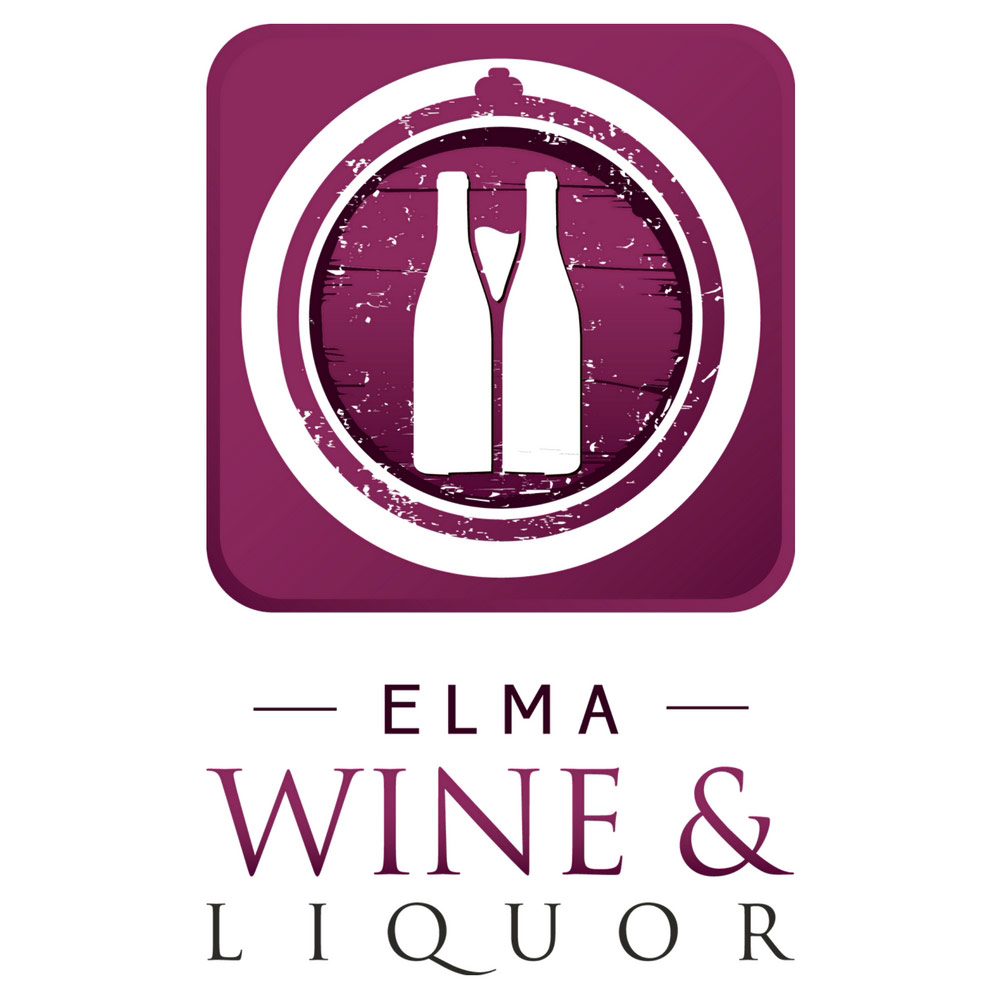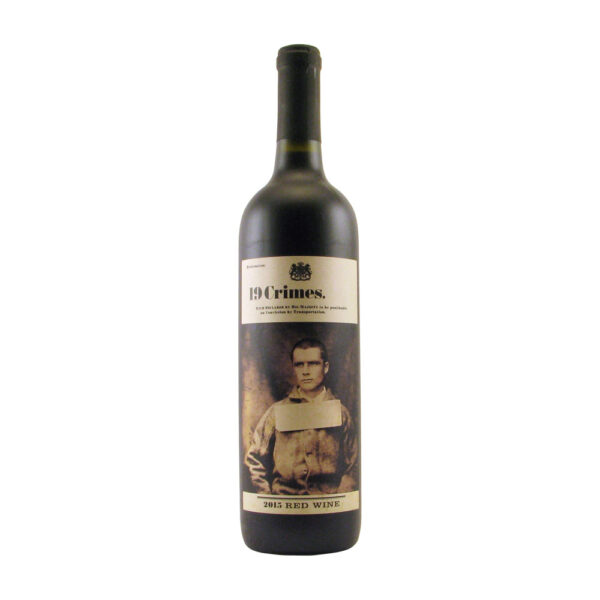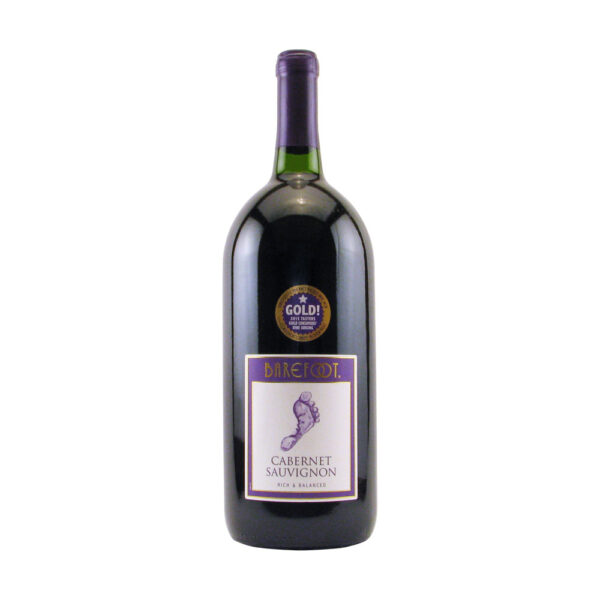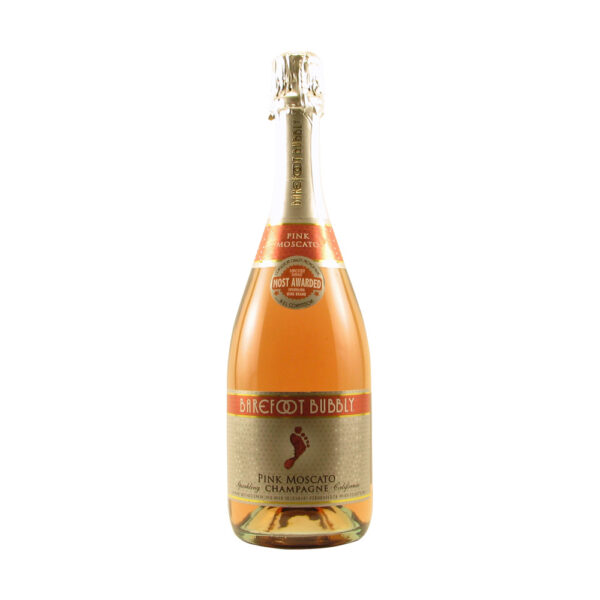Description
Tajinaste Blanco Seco
A blend of ninety percent Listán Blanco, with ten percent Albillo Criollo, added for a burst of acidity. A bit over half of the fruit is grown at 500 meters of altitude, with the rest grown at 250 meters altitude. Hand-harvested and carried to the winery in small boxes of fifteen kilograms to avoid damaging the berries.
As with almost all of the wines at Tajinaste, Agustín vinifies each parcel separately in inox tanks. One-fifth is aged in French barrels of two to three uses for two to three months. The wine is lightly fined with bentonite and is not filtered.
The nose is charming and easy-going, evocative of tropical fruits. The palate turns citrusy thanks to the addition of the Albillo Crillo. The finish is creamy and round, with a mineral edge that calls for the next sip.
Tajinaste Blanco Seco Notes To Your Senses:
- TASTE: Citrus forward with a creamy, mineral finish
- AROMA: Tropical fruits
- APPEARANCE: Clear
- ABV: 13%
- PAIRING: Seafood, shellfish and all other fish related dishes
White Wine:
White wine is made without the skin of the grape and produced through a method called alcohol fermentation. Also, the majority of white wines are lighter and have a crisper, more citrusy flavor compared to red.
It’s best to serve white wine in glasses with a larger bowl so that bold aromas and flavors emerge as they mingle with oxygen in the air. Many wine glass manufacturers have added a hint of green or blue feet to wine glasses as it flatters white wine and helps emphasize the separation between the glass and wine. Traditionally speaking, white wines are served before reds, while younger wines should be served before older vintages.
In addition, due to white wine’s aroma, acidity and ability to soften meat and deglaze cooking juices, white wines are often used in cooking. Sweet wine goes well with sweet and savory dishes to mitigate the heavy sugar and stimulate the fruitiness.
If you’re a sparkling wine lover at mealtime, you’re in luck, it can be taken any time during the meal because of its diversity. By choosing a sparkling wine, it allows the retention of the same wine from the beginning to the end of the meal.
Making it a must have in any household!
Master Sommelier Little Known, Big Facts:
- The color of wine depends on the fermentation extracts using skin, like Red wine as compared to white wine, leaving the skin behind
- The oldest bottle of wine dates back to A.D. 325; it was found in Germany inside two Roman sarcophaguses
- The worst place to store wine is usually in the kitchen because it’s typically too warm, in refrigerators, their warmest setting can be too cold
- Richer heavier foods usually pair well with richer, heavier wines; light wines pair with lighter foods
- Generally, a vintage wine is a product of a single year’s harvest, not when the wine is bottled
- A “dumb” wine refers to the lack of odor while a “numb” wine has no odor and no potential of developing a pleasing odor in the feature
- If a server or sommelier hands you a cork, don’t smell it, look for the date or other information ( mold, cracking, or breaks)
- Tannin is a substance that tingles the gums when you indulge your palate with a sip of wine, it’s an excellent antioxidant
- Smell is by far the most important sense when it comes to drinking wine
- Wine was first developed in Mesopotamia, not France
- French wines are labeled following the soil on which they are produced, not according to the grape used
- When chilling wine, adding salt to ice will cool it down faster
Warnings:
You must be 21 or over to purchase this product
Instructions:
Serve chilled or at room temperature






Reviews
There are no reviews yet.